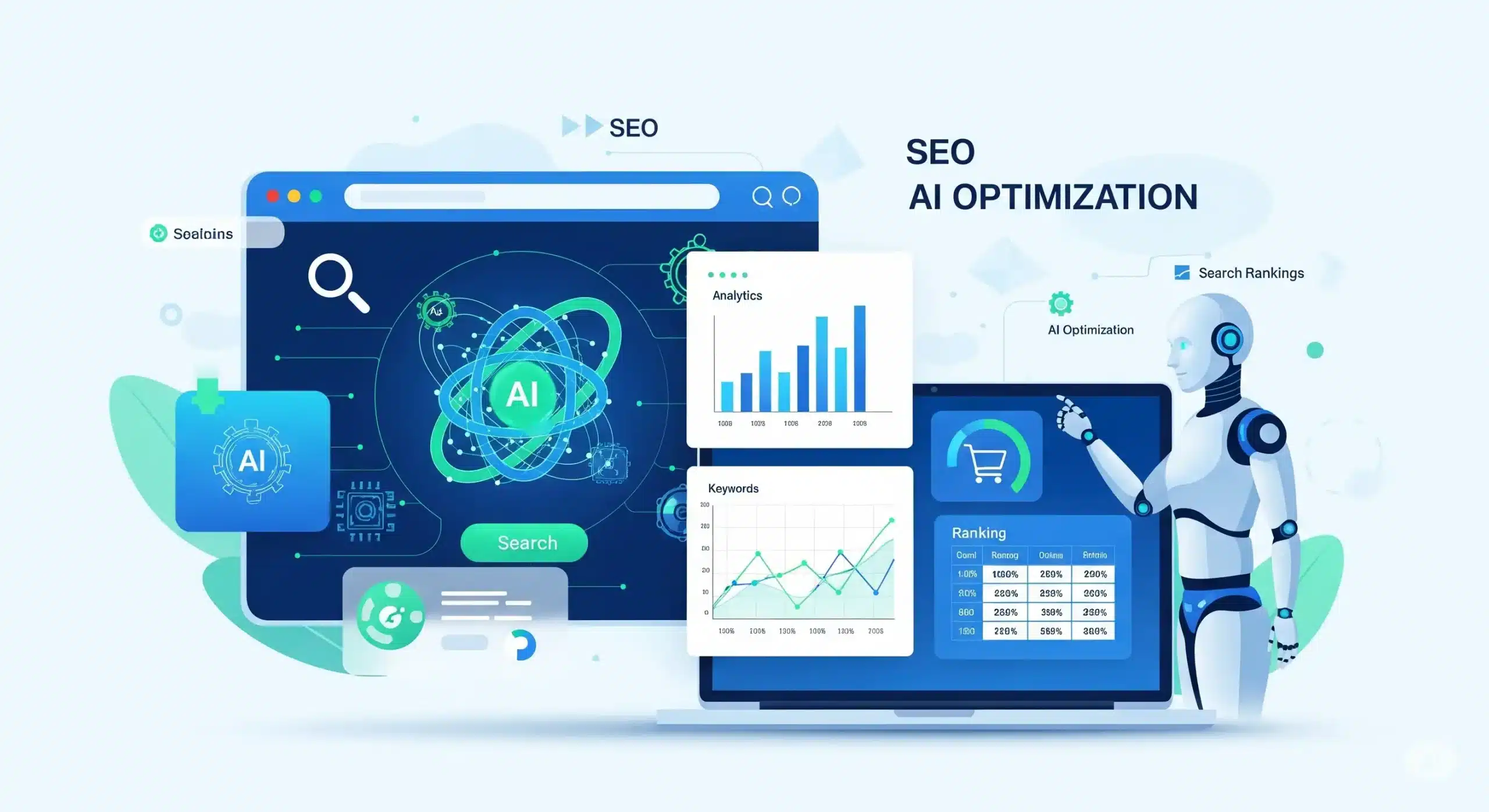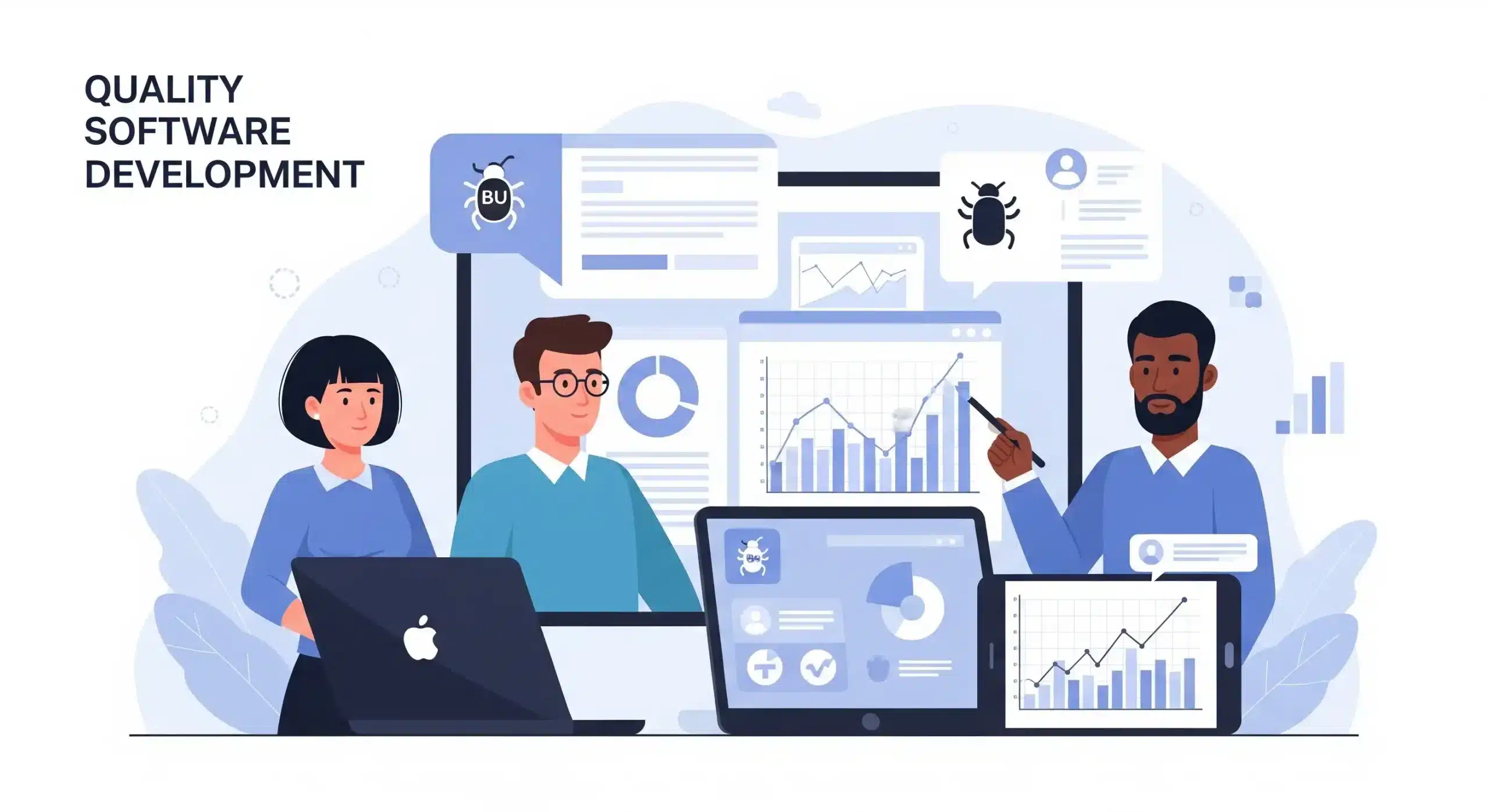What’s the Importance of Following the Software Development Life Cycle?

Different procedures are related to each level of the SDLC (Software Development Life Cycle), which is known as the framework for all software development methodologies. The cycle includes several tasks, including budgeting, requirement gathering, document processing, and more technical components. The evaluation of the business needs of the customer typically comes first in the software development life cycle, which is then followed by implementation and testing. When all conditions are met, the cycle is over.
The Importance of Software Development Life Cycle
Software development activities entail numerous phases that need to be standardized and held to a standard. Since the cycle won’t finish until the criteria have been satisfied and will go on until the framework’s future requirements alter, the Software Development Life Cycle (SDLC) serves that purpose. The significant advantage of the software development life cycle is that it ensures that the system complies with all established standards and offers some control over the development process.
Phases of the Software Development Life Cycle
Phase 1: Planning
Project goals are decided upon and a high-level plan for the intended project is established during the planning phase. The most fundamental organizational stage is planning. Here are the key tasks that are being performed in the planning phase –
- Determination of the development system
- Feasibility analysis
- Planning for the project.
Custom AI Software Development Solution For Enterprises
Phase 2: Analysis
The developer and the business examine the end-user business requirements during the analysis phase. The organization’s intended system functionalities are then further developed based on the project goals. The following are the three main tasks that are included in the analysis phase:
- Compiling business needs
- Making flowcharts for processes
- Performing a thorough analysis
The most important step in this stage of the Software Development Life Cycle is gathering business requirements. Business requirements are a succinct list of business functions that the system must support to perform properly. Technical information, such as the kinds of technologies used to implement the system, is not stated here.
Phase 3: Design
We outline the desired functions and features of the system during the design phase. Business rules, pseudo-code, screen layouts, and other necessary documentation are included in this phase. The following are the two main tasks performed during the design phase:
- IT infrastructure planning
- The creation of a system model
To prevent any failures, crashes, or performance issues, the IT infrastructure needs to be built on solid foundations. Here, the experts make features’ recommendations for the application based on client needs, limited budgets and time constraints, and system technical viability. The company also develops user interaction data models’ interfaces. In the same SDLC phase, they also produce Entity Relationship Diagrams (ERDs).
Phase 4: Development
With the aid of all the preceding phase’s documentation, the real system is constructed during this stage. The following are the two main tasks performed during the development phase:
- Construction of an IT infrastructure
- Coding and database development
Only the IT infrastructure’s blueprint is designed during the design phase. But at this Software Development Life Cycle stage, the company buys and sets up the appropriate software and hardware to back up the IT infrastructure. The development of the database and actual code can then start to finish the system according to the supplied specifications.
Phase 5: Testing
All the pieces of code are integrated and deployed in the testing environment during the testing phase. Then, using the steps in the Software Testing Life Cycle, testers examine the system for errors, bugs, and defects to determine whether or not its functionalities operate as intended. The following are the two main tasks performed during the testing phase:
- Developing test cases
- Implementing test cases
The Software Development Life Cycle must include testing. An organization must carry out testing methodically to deliver high-quality software. As soon as test cases are written, the tester executes them and compares the results to ensure that the system is working as intended.
Therefore, creating test cases and manually running them is a labor-intensive task for any organization. If done correctly, it verifies the app’s dependability and credibility and leads to business success.
Phase 6: Deployment
Now that the system has been installed, actual users can start using it in a real-world setting (the client’s environment). The production environment has been set up for the system’s data and components. This stage is also referred to as “delivery.”
Phase 7: Maintenance
To ensure that the system continues to function and stays up to date to meet the business goals, any necessary improvements, corrections, and changes are made during the maintenance phase.
The system must occasionally be upgraded and maintained so that it can respond to changing demands. The following are the three key tasks performed during the maintenance phase:
- Help the system’s users.
- System Administration
- System updates and modifications.
Conclusion
All these 7 phases of the Software Development Life Cycle are followed in every SDLC model. However, their sequence could be different based on the project’s requirements. If you think your project requires a unique customized SDLC approach, we can help you with that. Let’s connect to discuss this further.









